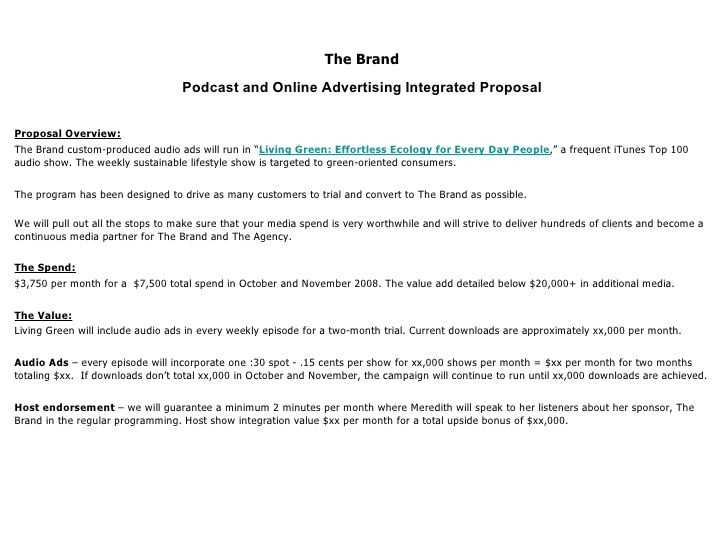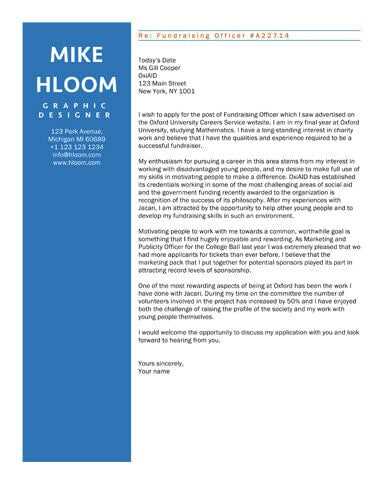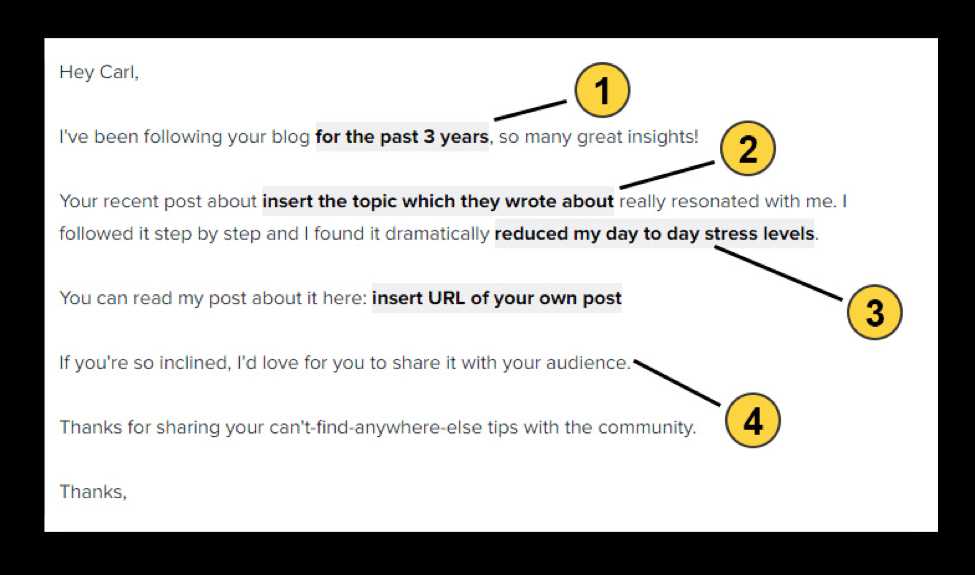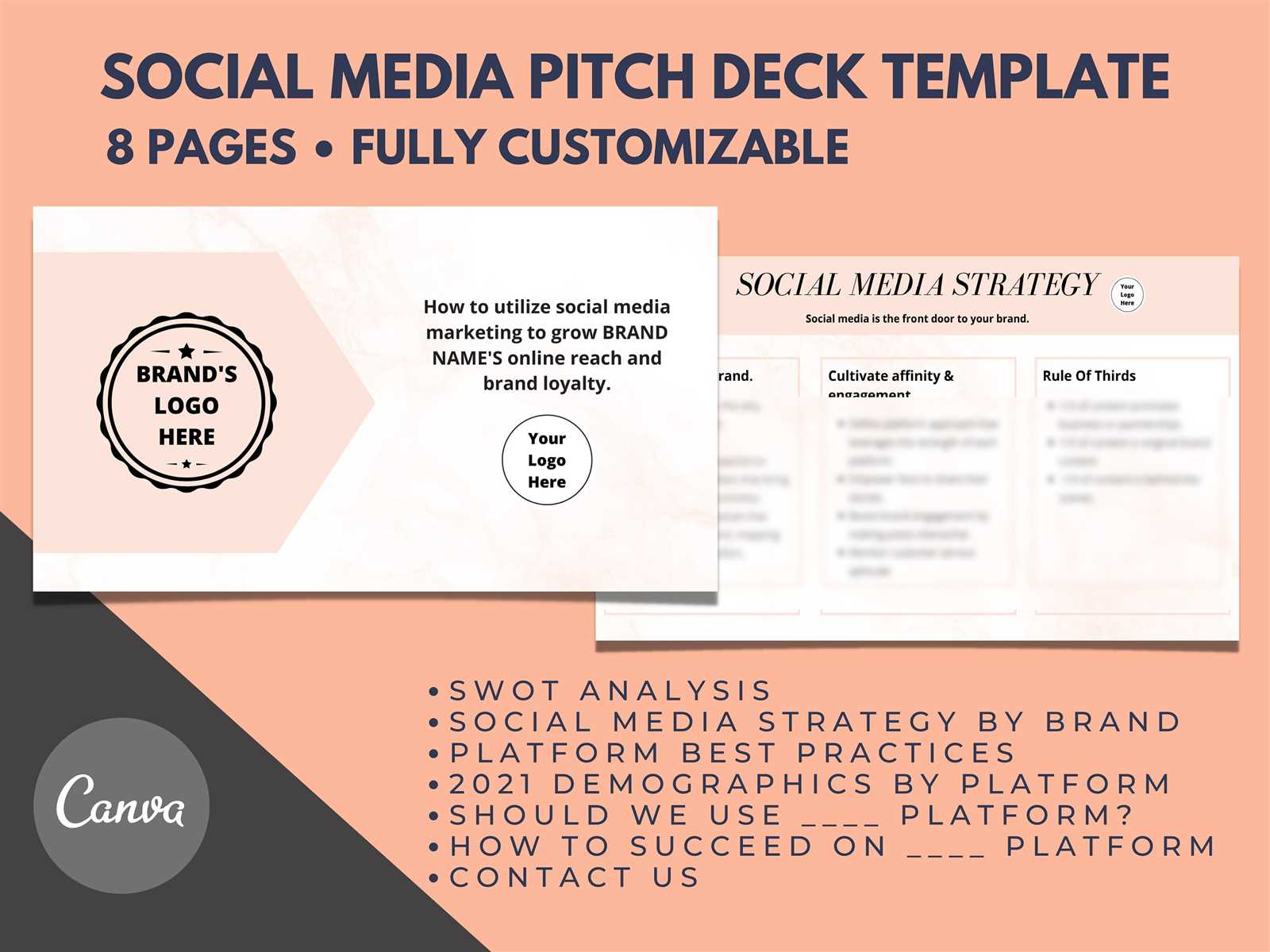Media pitch letter template

Start your media pitch letter with a strong subject line that grabs attention right away. A concise, direct headline helps the journalist quickly understand the purpose of your email. Think of it as your first chance to make a good impression and encourage the recipient to open your message.
In the opening paragraph, introduce yourself and your story idea without wasting time. Be clear about who you are, what you’re offering, and why it matters to their audience. Focus on the value of your pitch and how it aligns with the media outlet’s editorial focus.
Next, provide more details about the topic. Highlight key points that make your story newsworthy. Include statistics, quotes, or any relevant background information that supports your pitch. Keep it short and direct–journalists don’t have time for unnecessary fluff.
End your pitch with a clear call to action. Ask for the journalist’s time for a call, an interview, or simply to consider your story. Be polite and professional, and make it easy for them to follow up by providing your contact information in a simple format.
Media Pitch Letter Template
Begin your pitch letter by directly addressing the recipient. Personalizing the greeting shows that you’ve done your research. Avoid generic openings like “Dear Editor” or “To Whom It May Concern.” A specific name or role adds a more personal touch and increases the chances of your pitch being noticed.
Subject Line
- Craft a subject line that grabs attention. Be concise and to the point. Example: “Exclusive Interview Opportunity with [Your Company Name]” or “Breaking News: [Topic] That Could Interest Your Audience”.
- Avoid using all caps or overly promotional language, as this can trigger spam filters.
Opening Paragraph
- State the purpose of your pitch clearly. Introduce your story idea or angle within the first few sentences.
- Explain why this story or announcement is relevant to the publication or outlet you’re pitching to.
Example: “I’m reaching out to share an exclusive opportunity for your audience to learn about [Topic]. Given your coverage of [Relevant Topic], I thought this would be a great fit for your readers.”
Main Body
- Provide more details about the story, product, or event. Focus on the unique angle that makes it stand out.
- Use short paragraphs or bullet points to make key information easy to digest.
- Offer supporting data, quotes, or sources that add credibility to your pitch.
Call to Action
- Include a clear and concise call to action, such as scheduling an interview, requesting more information, or attending an event.
- Make it easy for the journalist to follow up–include contact details and availability.
Example: “Please let me know if you’d like to arrange an interview with [Expert Name], or if you need additional information. I look forward to hearing from you.”
Closing
- End with a polite, professional closing. “Best regards,” or “Sincerely,” followed by your name and contact details.
- Ensure your contact information is easily accessible and correct, including phone number and email address.
Crafting a Compelling Subject Line for Your Pitch

Keep your subject line short and direct. Aim for 5-7 words to make it easy to read at a glance. Make sure the first words capture attention–journalists are busy and will only glance at the first few characters. Use action words that spark curiosity or urgency.
Personalize Your Approach
Personalizing the subject line shows you’ve done research. Reference the journalist’s recent work or a specific detail related to your pitch. This makes your email stand out as relevant and tailored, not generic.
Be Clear, Not Cryptic
While intrigue is important, don’t confuse your reader with a vague subject. A clear, descriptive line will ensure your pitch gets opened. Avoid overcomplicating the message or using clickbait tactics that could harm your credibility.
Personalizing the Opening to Capture Attention

To make your pitch stand out, start by tailoring your opening to the recipient. A generic introduction won’t cut it. Begin with something specific to the journalist or media outlet you’re reaching out to. Reference a recent article, report, or topic they’ve covered, or highlight a shared interest or connection. This shows you’ve done your homework and aren’t sending a mass email.
How to Personalize Your Pitch
Start with a strong hook that connects the recipient to the story. For example, if you’re pitching a product, mention how it aligns with their editorial focus. Use their name in the salutation and mention their work in the first sentence, proving that this pitch was crafted specifically for them.
| Example | Explanation |
|---|---|
| “I saw your recent article on sustainability in tech, and I thought our new eco-friendly gadget would be a perfect fit for your readers.” | Links the pitch to something the journalist recently worked on, demonstrating relevance and research. |
| “I noticed you’re passionate about tech startups; our company just raised funding and is doing something truly unique.” | Aligns with the journalist’s interests, creating a natural connection to the subject of the pitch. |
Why Personalization Works
Personalizing your pitch creates an instant connection, increasing the chances your email will be read. It also establishes trust by showing you value the journalist’s work. Avoid sending mass emails that lack customization. Instead, focus on building relationships with each contact, showing that you’ve put effort into understanding their focus and interests.
Highlighting the Newsworthiness of Your Story
To grab a journalist’s attention, showcase the immediate relevance of your story. Tie it to current events, trends, or issues that the audience cares about. Whether it’s a breakthrough in technology, a new market trend, or a social movement, frame your pitch to emphasize how it fits into the larger conversation happening right now.
Use concrete data or timely statistics to demonstrate why your story is significant. Numbers provide clarity and make the news more tangible. For instance, if you’re sharing a product launch, mention how it fills a gap in the market or how it solves a problem consumers face.
Connect your story to broader themes. If your company is releasing an eco-friendly product, link it to the growing environmental awareness. Show how it contributes to ongoing debates or shifts in consumer behavior. This makes your story feel more important and relevant in the current media cycle.
Highlight what makes your story unique. Journalists are inundated with similar pitches. Be specific about the new angle or innovative aspect of your news. Explain why it hasn’t been covered before and why it’s worth a second look.
Be concise but clear. The more quickly you can communicate the value of your story, the better. Journalists receive dozens, sometimes hundreds, of pitches daily. If you can’t make them see the importance of your news within a few sentences, it will likely be overlooked.
Making Your Main Message Clear and Concise
Focus on the key point you want to communicate. Avoid fluff and get straight to the essence. Keep your message specific and actionable. Highlight the most relevant information for your target audience. Here’s how to do it:
- Start with a strong headline: Make sure it reflects the main idea. A clear, compelling headline grabs attention and sets the tone for your pitch.
- Prioritize clarity over jargon: Use simple, direct language. Avoid industry terms unless you’re sure the recipient will understand them. Your goal is to make it easy for anyone to grasp the message quickly.
- Stick to one idea: A focused pitch is more effective than a scattered one. Choose the most important aspect of your news and build around that. It’s tempting to share everything, but focus on what’s truly relevant to the recipient.
- Use bullet points: They break up text and make key points stand out. List the most crucial details that the reader should know immediately.
- Be brief: Aim for brevity. A concise pitch shows you respect the recipient’s time. Stick to one or two short paragraphs and use the subject line to deliver your main message upfront.
- End with a clear call to action: Tell the reader exactly what you want them to do next. Whether it’s scheduling a call, replying, or visiting a website, make sure the next steps are clear and easy to follow.
By focusing on clarity and removing unnecessary details, your pitch will stand out and make it easier for journalists to respond. A clear and concise message is more likely to get noticed and acted upon.
Including Relevant Supporting Information and Quotes
Always back up your pitch with data, facts, and quotes that reinforce your message. The more specific and relevant the information, the stronger your case will be. If you’re pitching a product, for example, include key metrics like sales figures, user feedback, or market research that demonstrate its value. This concrete information shows the media outlet you’ve done your homework and provides them with the tools to craft an informative story.
Use Quotes to Add Credibility

Incorporating quotes from industry experts or key figures adds authority to your pitch. A quote from your company’s CEO or a respected third-party can make your pitch more compelling. Just make sure the quote directly supports your key message and is framed in a way that adds depth to the narrative. Avoid generic or vague statements–specific, insightful quotes will create a more lasting impression.
Keep It Relevant and Concise
Stick to supporting information that directly relates to your pitch. Extraneous details can clutter your message and dilute its impact. Select the data or quotes that best align with the publication’s focus and audience. Whether it’s a statistic, testimonial, or expert opinion, ensure it’s both relevant and clear. The goal is to enhance your pitch, not overwhelm the reader with unnecessary details.
Ending with a Strong Call to Action and Next Steps
Close your pitch letter by inviting immediate engagement. Be clear and direct about what you want the reader to do next. Whether it’s scheduling a call, reviewing your proposal, or visiting your website, make the next steps obvious and easy to follow.
Provide Clear Instructions
Avoid leaving the reader guessing. Use a concise and actionable call to action (CTA). For example, “Please reply by Thursday to confirm a meeting time” or “Click the link below to access the full report.” This removes ambiguity and drives prompt action.
Make It Easy to Respond
Give recipients options that suit their preferences. Offer multiple contact methods such as email, phone, or a scheduling link. This shows flexibility and makes it convenient for them to act.
By focusing on clarity and simplicity, you guide your recipient toward the desired outcome, increasing the likelihood of a prompt response.